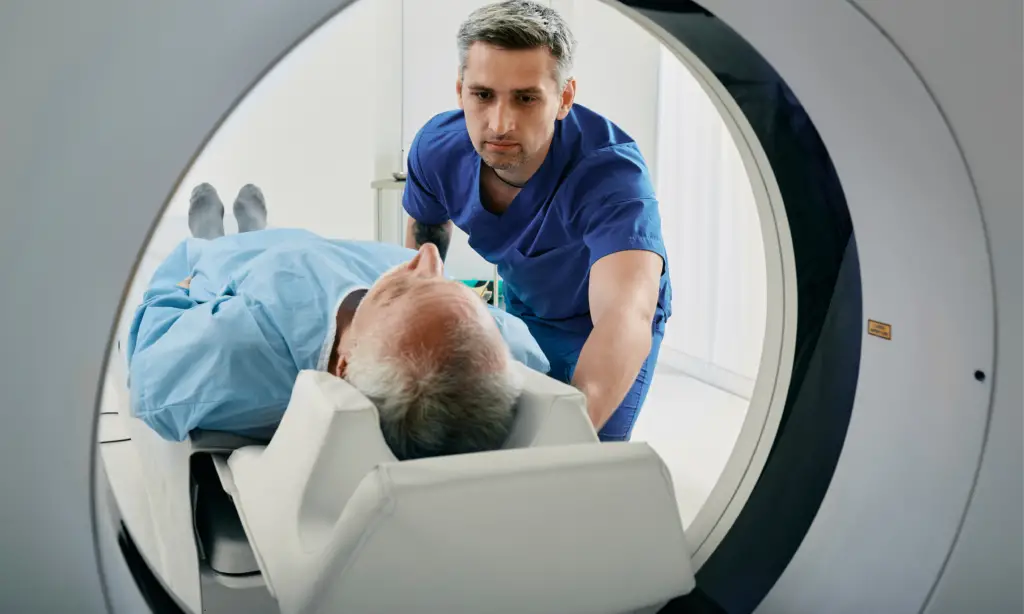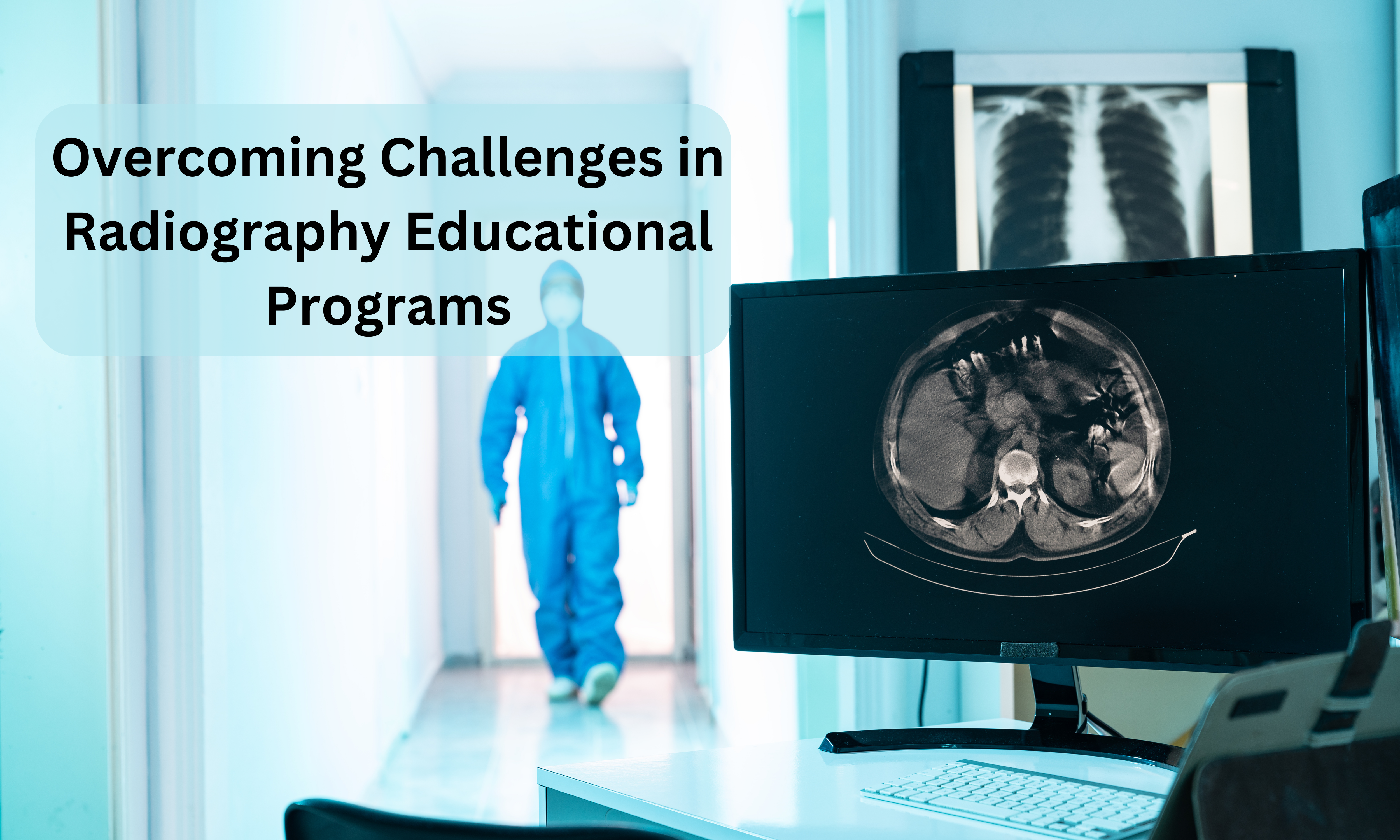Radiography education is a rapidly evolving field with numerous associated challenges that can create roadblocks for educators and students. Here, we delve into some of these challenges and offer potential solutions.
1. Rigorous Scheduling and Performance Pressure
One of the major challenges radiography students face is the demanding schedule that blends classes with clinical work. The intense rhythm often leaves students juggling their academic responsibilities with their personal life, impacting their ability to perform fully in both realms. On top of that, some institutions maintain strict passing thresholds, which add another layer of stress for students.
Possible solutions include offering more flexible class schedules, providing ample mental health support, and revisiting the grading structure to consider overall performance rather than individual tests.
2. Broadening Curriculum Scope
Many in the field have voiced concerns about the limited scope of current curriculums, which often focus primarily on diagnostic tech. As healthcare technology advances, students would benefit from an education that exposes them to various modalities like CT, MR, mammo, interventional radiography, and cath lab.
3. Inclusion of Immigrant Students
Another pertinent issue lies with the acceptance of credentials earned outside of the U.S. Many foreign-educated radiographers face the daunting prospect of restarting their education to meet the American Registry of Radiologic Technologists (ARRT) requirements. Educational programs should explore more inclusive measures, such as validating foreign credentials, to offer a smoother transition for these students.

4. Relationship with Clinical Sites
The relationship between radiography programs and clinical sites presents another challenge. Since educational programs lack authority at clinical sites, a balance must be maintained to ensure a quality learning environment for students.
Better coordination and more formalized partnerships with these clinical sites could lead to more consistent teaching methods and improved student experiences.
5. Digitalization and Artificial Intelligence (AI)
As we embrace the digital era, educational programs must incorporate digital resources that help students develop their skills beyond the clinical setting.
Furthermore, the impact of AI on the field of radiography is a crucial area of exploration. Incorporating training on AI-based tools and methodologies into the curriculum can help prepare students for the profession’s future.
6. Transferring Credits
Lastly, the challenge of transferring credits can be daunting for hospital-based program graduates who wish to pursue higher degrees. Academic institutions should reassess their credit recognition systems to be more accommodating.
Conclusion
In conclusion, while radiography educational programs face numerous challenges, innovative and flexible solutions can help overcome these obstacles. By adapting the curriculum, improving scheduling, and implementing a more inclusive approach, we can ensure a robust, forward-thinking education for the radiographers of tomorrow.

